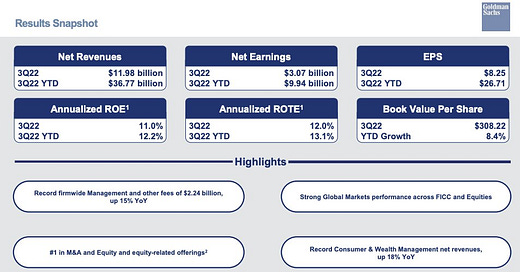PayPal Uproar Misses the Point; Money20/20 Preview
Another Look at Goldman's Re-org, Cloud of Uncertainty Hangs Over CFPB
Hey all, Jason here.
It’s time! Money20/20! Despite the intense windstorm here in Las Vegas yesterday, my flight made it without issues.
Given the nine hour time difference from Europe, I’ve already been up for several hours — which is going to make for a long day. If you see me wandering around The Venetian in the next few days, please say hi!
Existing su…



